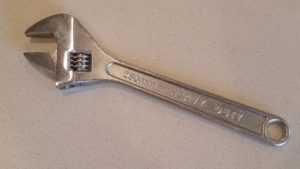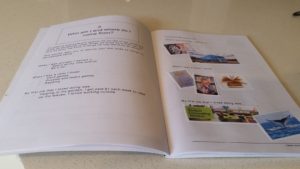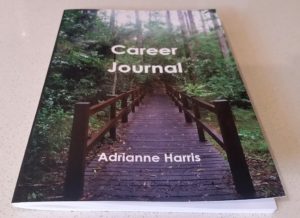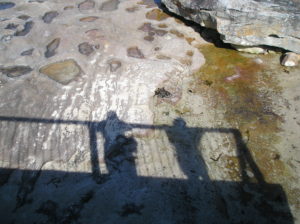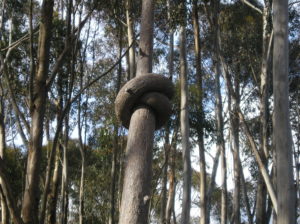
Picture by Adrianne Harris
Article by Adrianne Harris
Following on from my last blog Resume Tune Up: Your 10 Point Safety Check this article discusses what happens when you engage a professional resume reviewer to help you.
If you are applying for a particular job, before you draft your resume and before you seek feedback, you should ring the contact officer for the position and ask all or some of the following:
- What sort of person are you looking for?
- What key skills and experience do you expect the successful candidate to have?
Why should you do this?
You should do this so that you can tailor your resume and responses to the vacancy, and what the job is required to do. Sending a generic resume or cover letter make it much harder for recruiters to see how you are a good match for the position being advertised.
After you have drafted your resume, cover letter or other documents (for example selection criteria) you should then seek some feedback on your drafts.
Why should you seek feedback?
“You can’t see the wood for the trees” is an old saying meaning you won’t see the obvious in front of you and it sometimes takes someone else to see that what you have written doesn’t make a lot of sense, is too long, too waffly, not on point, or needs more information. That’s where a professional reviewer can help.
When working with a resume coach, the process generally goes:
- You discuss your situation and what you would like to achieve from having a coach review your documentation
- You send your documents to the coach for an initial review
- You make sure you are available to answer any questions where further information is required
- Then you go back and forth until you are happy with the documentation or are happy to complete the application yourself.
The last point is important, a resume reviewer will always ask you to review the documents and to make sure they express your voice, as they are a document meant to express your skills and experience, in your voice and not in the voice of the reviewer.
What does a resume reviewer look for?
Some of the things a resume reviewer is looking at are:
- The words you have used: does the language of your resume match the language of the industry and job you are applying for? A reviewer will check your documents against the job, the industry and the organisations recruitment process.
- Have you used active verbs to describe your work?
- Is it organised logically and are all job duties and relevant achievements listed?
- Are all aspects of a resume included in the right order and are irrelevant details deleted?
- Is it clearly expressed?
- Your formatting: first impressions count and this applies to your documents as well, a reviewer will check for consistency, readability, layout and formats used.
The Christmas and end of year holidays are often a favourite time to review your resume, you never know when your dream job might be advertised and it’s a good time to make sure all of your achievements have been captured. Once you have drafted your resume, sit back, crack a Christmas beer or pour a cup of iced tea and let your resume reviewer get to work.
Find out more about Broadly Speaking’s document Review service.

